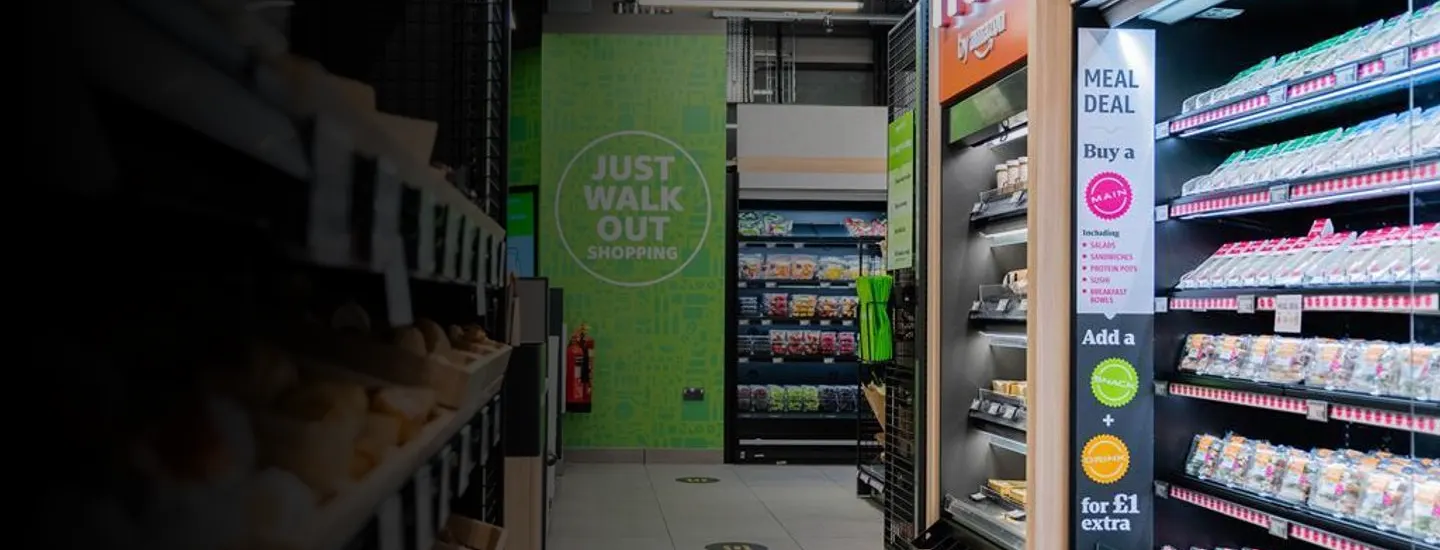Much has already been written about the new Amazon Go / Just Walk Out store in London in the last week. Most of it focuses on whether the tech works, whether people are nervous about being accused of theft and how many stores might be rolled out.
It seems to me that the really interesting question is whether this is the start of another retail tipping point.
Checkout has always been the least popular part of the store transaction - so what if this technology becomes a customer expectation?
For a long time people outside retail looked at online retail's market share, and shrugged their shoulders: "why should a 10% - 20% channel shift make that much of a difference? It's just a delivery issue isn't it?"
But as retailers were finding out, that volume moving out of stores was way more significant. It created a cost issue in fulfilment, but more tellingly it also rendered many stores unprofitable as the reduced store sales sat on the same fixed costs. So the growth of online became a structural shift.
Now when people discuss the Amazon Go store as just an interesting experiment that might only suit a small percentage of locations they could be missing the bigger picture.
The major grocers already have self scanning and fast checkout tools - and Amazon have once again stepped up the battle in technology terms and also in moving into physical stores.
Longer term could this lead to a further remodelling of UK High Streets? At what deployed level of Just Walk Out or equivalent technology does this form of shopping disrupt the market again? Saying "it won't work in big stores" or "it won't work in high value items" misses the point. It doesn't have to. But if it transforms the locations, layout, ranging, staffing levels, transaction speed and market share - it will surely have as profound impact on the retail and consumer goods sectors as online shopping did.

